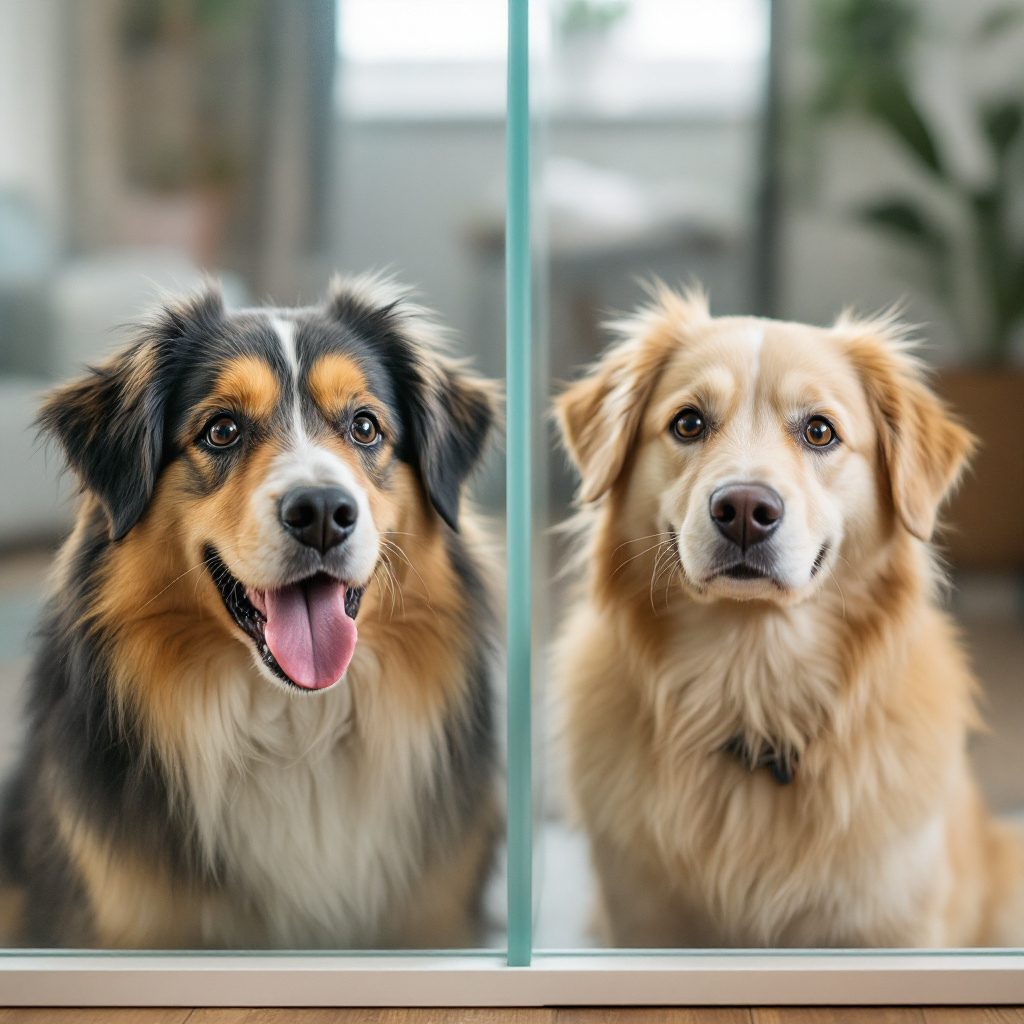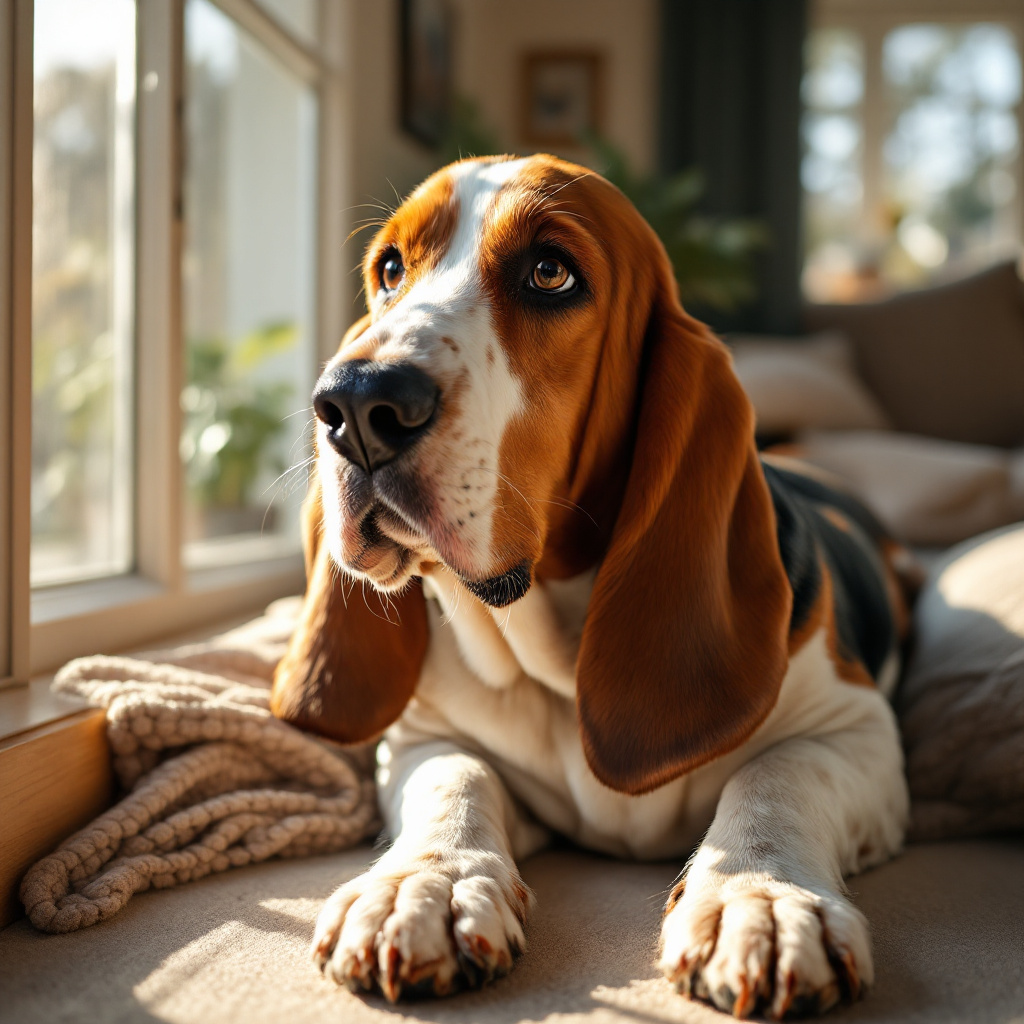Preparing for pet reunification: A guide to harmonious cohabitation
So, you're facing the big challenge of getting two of your furry friends used to each other? Welcome to the club that just about every pet owner who owns more than one pet will join at some point. But don't worry: with the right preparation for pet reunification, the whole process will go much smoother than you might imagine.
The cornerstone: Understand the personality of your pets
Before you even think about bringing the animals into the same room, it's essential to understand their personality. Every pet has its own quirks and a unique history that influences its reactions. Just like people, animals have their moods and quirks. Some cats, for example, are naturally curious and sociable, while others can be more reserved and territorial. Dogs can also be temperamental or fearful.
- Watch your pet: Take the time to observe your pet in its familiar surroundings. Pay attention to how it reacts to visitors, strange noises and new situations.
- Analyse interaction: Look at how your pet behaves with other animals. Is it more reserved or aggressive? These insights will help you choose the best approach for reunification.
- Consider the character: A sensitive cat may need more time and space, while an adventurous dog may prove to be the perfect curious companion.
Before the meeting: Create the right environment
It's not just the chemistry between the animals that counts; the environment in which they get to know each other also plays a key role. Careful space planning can save you a lot of stress.
Firstly, make sure that there are enough places for both of them to retreat to. Cats that feel threatened often seek out elevated places to feel safe. A cat tree or a high scratching post can help here. Dogs, on the other hand, are usually happy with a cosy place to sleep at eye level.
- Set up separate areas: Until the animals have become accustomed to each other, you should create different living areas. This way, each pet can maintain its own safe retreat.
- No shared resources: Make sure that there are no disputes over food or water bowls. Each animal should have its own bowls.
- Neutral room: The meeting place should be an area that none of the animals regard as their territory. This minimises territorial claims.
The moment of truth: the first encounters
Now comes the exciting part - meeting your pets for the first time. Timing, patience and composure are the key words that can make the difference between success and failure.
It is advisable for the animals to get to know each other by smell first. For example, let them smell an item of clothing or a blanket that the other animal has used. This can make the actual physical meeting point a little less stressful.
- Introduction with odours: Swap blankets or toys between the animals so they can get used to each other's odour before they actually meet.
- First eye contact: Let the animals see each other through a closed door or baby gate first. This allows them to get used to each other in a safe environment.
- Short and positive: Keep the first physical meetings short and reward positive behaviour with treats or cuddles. Don't stress them and pay attention to how they feel. Stop if either of them shows signs of aggression or fear.
Patience pays off: After the merger
Sure, the first contact is crucial, but that doesn't mean the work is over after that. Pets need time to get used to the new situation, and excess patience is also part of the process.
Pay attention to the language of animals: Pay attention to the body language of your animals. A wagging tail in a dog may signal positive excitement, while the same in a cat may mean aggression. If one of the animals growls or hisses, separate them immediately and give them time to calm down. Only repeat the process once they are in their comfort zone.
Practical tips and tricks for everyday life
Once the initial excitement has faded, the real test of everyday life begins. Here are some tips to ensure continued harmony:
- Adhere to the routine: Pets thrive with a stable routine. Give them regular meals and playtime together.
- Individual attention: Each pet needs its own cuddles. Don't forget to give each animal individual attention to prevent jealousy.
- Reciprocal games: Break the ice with joint activities, such as games of fetch, that you can both enjoy.
Concluding thoughts
Preparing for pet reunification may seem intimidating at first, but it pays off. With patience, preparation and a dash of humour, the process will be an exciting adventure for both you and your furry friends. And who knows, maybe they'll manage to become best friends!
Keep your head up, maintain your patience and don't forget to look for positive moments. Good luck with your endeavour to bring peace and friendship to your pet family!
FAQs on reuniting pets
What is the best way to bring a dog and a cat together?
Start with a gradual introduction. Let the dog and cat smell each other first before direct contact occurs. A gate or door between them can help. Make sure both animals are well exercised beforehand to release excess energy. Reward positive behaviour and stop aggressive behaviour immediately. A relaxed atmosphere makes the familiarisation process easier.
How can you make sure that two dogs get along well?
It is important to bring the dogs together in neutral territory to avoid territorial behaviour. Make sure that both dogs are vaccinated and healthy. Observe their body language closely. Praising and rewarding helps when they behave in a friendly manner. Constant supervision, especially in the beginning, is crucial. Make sure each dog has its own feeding and sleeping area.
What to do if the animals don't get along?
Sometimes it just doesn't work right away. It is important not to lose patience. Take a break and separate the animals again. You can then gradually and slowly try again. Sometimes it can also be helpful to consult an expert or behavioural therapist to identify and solve the exact cause of the problems.
When should I stop bringing the animals together?
If one of the animals shows fearful or aggressive reactions, it is advisable to pause the reunion and try again at a later date. In the event of injury or severe hostility, you should consider seeking professional help. Remember that the protection and well-being of both animals is paramount.
What role does the age of the pets play in the introduction?
Younger animals, especially puppies and kittens, tend to have fewer behavioural patterns and often adapt more easily to new situations. Older animals, on the other hand, may already have entrenched behaviour patterns, which can make reuniting more difficult. Nevertheless, with patience and the right technique, it is perfectly possible to successfully acclimatise older animals to new companions.
Author
-

David is a passionate aquarist with more than 20 years of experience in setting up and maintaining freshwater and saltwater aquariums. He specialises in the biodiversity of aquatic ecosystems, aquascaping and the species-appropriate keeping of aquarium fish. His articles on haustierewissen.de are a treasure trove for aquarium enthusiasts looking for sound advice and creative ideas for their underwater worlds.
View all posts




